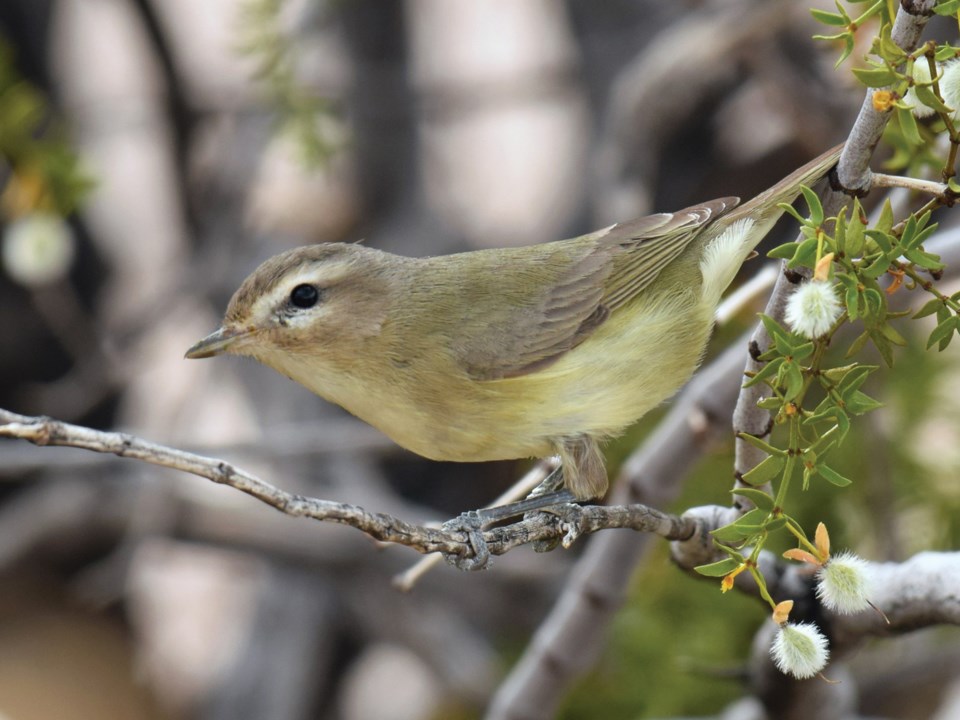Thanks to all who contacted me regarding their house wrens. Obviously a lot of people are familiar with this species, which has only become established on the Sunshine Coast in the last five years. Perhaps it is not surprising that we have been colonised, given that the species has one of the widest ranges of any New World songbird with a presence from southern Canada all the way to Patagonia. The intriguing thing to me is the rapidity of the colonisation and what exactly generated the explosive growth in 2016 and since.
I reported that a male house wren in my garden on Redrooffs Road had been singing continuously since late April and was investigating a nestbox that I erected. Since then, on one occasion I noted three birds in the vicinity of the nestbox and it is still unclear to me what exactly is going on. Is a female sitting on eggs in the box? Last evening I walked down to Welcome Beach, a mere 200 metres as the crow flies from my garden, and heard two more house wrens singing down there.
Late May and early June are the peak of the birdsong season on the Sunshine Coast as the male birds sing to attract a mate and then to defend their nesting territory. Despite the ubiquity of birdsong right now, it is safe to say that most people never see any of these songsters.
Perhaps the commonest songster in my neighbourhood right now is the warbling vireo. Not surprisingly, most people will never see this small, obscure bird that supplies the soundtrack to their lives at this time of the year, as it generally remains hidden in tree foliage as it gleans for insects and sings loudly and constantly.
Especially in the early morning and evening, Swainson’s thrushes are singing their beautiful song. These birds live in the shrub layer of local forests and are very shy, seldom showing themselves. Without searching them out, the most I usually see of these birds is a quick flash of a small, brown-backed bird as it flies from one cover to another.
Other common songsters right now are black-headed grosbeaks, western tanagers, eight species of warbler and five species of flycatchers. Many of these species are brightly coloured (not the flycatchers) and sing loudly but even so are rarely seen by the casual observer.
If you are interested in birdsong or in connecting the song to the singer, now is the time to do it. The song we so enjoy is an ephemeral activity for most species, and a month from now it will be mostly over for another year. To report a sighting or ask a question, contact tony@whiskey
jacknaturetours.com or 604-885-5539. Good birding.



